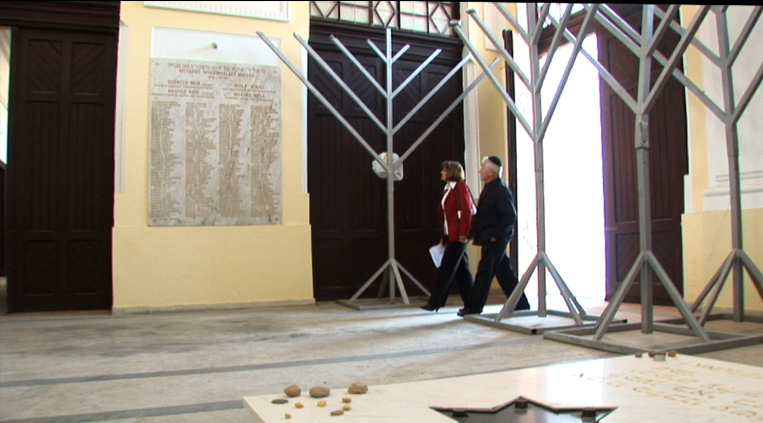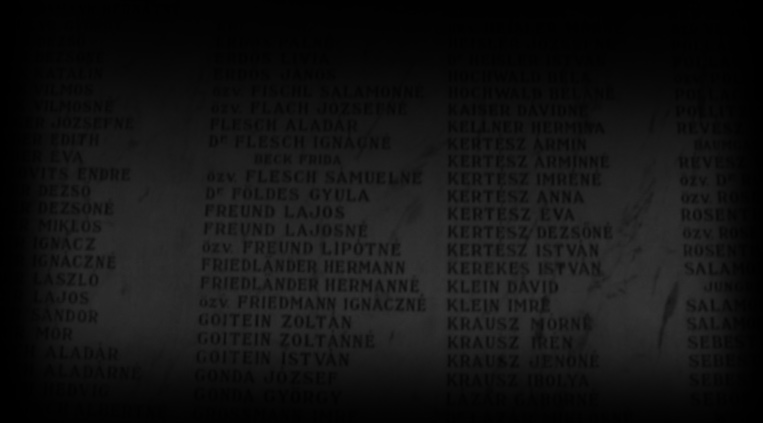

About three years ago, I received an e-mail from Gyöngyi Mago, asking for my assistance in her research. She found my name on the "Jaross List," the official list of Jews to be exterminated in 1944. I was nine years old at the time. I was immensely touched that after 64 years a non Jew would take on the task; not only of digging up this lost culture but also of using what she found to educate, to inform, to enlighten and to fight prejudice and hatred, which unfortunately is very much in evidence throughout Hungary today. The film is a portrait of this remarkable woman. More than that, however, it clearly demonstrates what one person can do to change attitudes, to fight intolerance, to educate, to champion the truth and ultimately to triumph. The film transcends religions and borders, and carries its message beyond Kalocsa, beyond Hungary, to any place where history might have been forgotten, where intolerance and racism have led to bloodshed. We have developed a unique style to deal with fragmented, distant and often tentative memory. The digitally treated photos and archival material is presented in a way that is not nostalgic or sentimental, and certainly different from other films dealing with the same era. The minimalist, experimental music complements the somewhat ghostly memories. These brief subjective segments are intended to contrast with the verite style of the film about Gyöngyi's quest. This approach not only gives the viewer glimpses of a vanished world, but perhaps illuminates that very world for Gyöngyi as well. Our main focus however remains with Gyöngyi. When Gyöngyi Mago, a Catholic schoolteacher stands in her classroom and says: "I think you must tell others about this, as I am telling you, and we must remember that what you hear is not fiction, there are still living witnesses. When they are gone, who will tell their story? We have to pass it on so it will never happen again." These words, which we have heard before from many survivors, suddenly acquire a whole new meaning. Gyöngyi Mago is the main focus of our film. This rare individual provides the lens through which we may discover a vanished world. As a filmmaker and a Holocaust survivor from Kalocsa, I feel uniquely qualified to put her story on film. |

